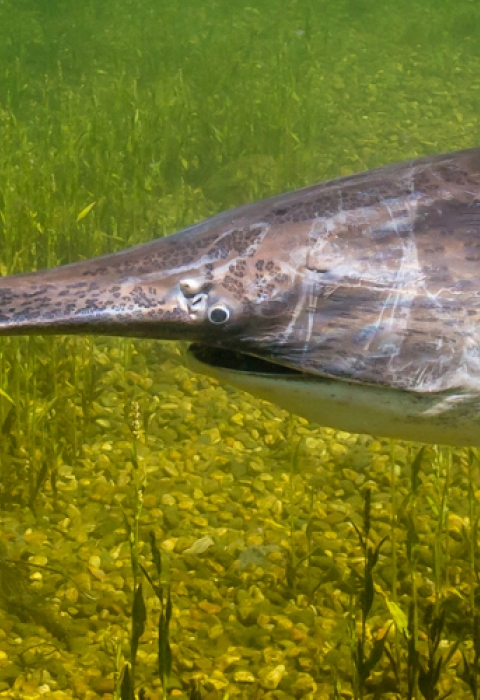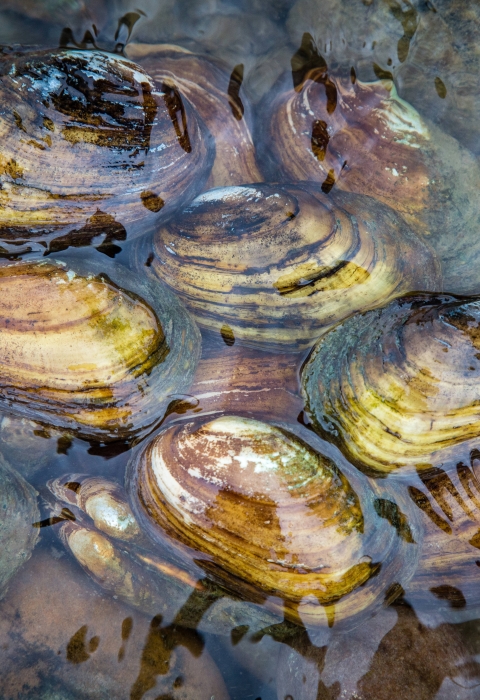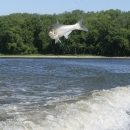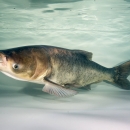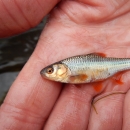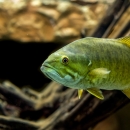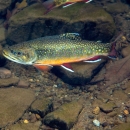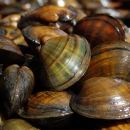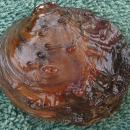Featured Species
We work on the detection of invasive species invasive species
An invasive species is any plant or animal that has spread or been introduced into a new area where they are, or could, cause harm to the environment, economy, or human, animal, or plant health. Their unwelcome presence can destroy ecosystems and cost millions of dollars.
Learn more about invasive species including the highly invasive bighead and silver carp and round goby. In addition, the office works on improvement of habitat for the endangered Topeka shiner and other priority fish like brook trout and smallmouth bass, endangered freshwater mussels such as the Higgins eye, and fish passage fish passage
Fish passage is the ability of fish or other aquatic species to move freely throughout their life to find food, reproduce, and complete their natural migration cycles. Millions of barriers to fish passage across the country are fragmenting habitat and leading to species declines. The U.S. Fish and Wildlife Service's National Fish Passage Program is working to reconnect watersheds to benefit both wildlife and people.
Learn more about fish passage for lake sturgeon and other fish and freshwater mussels.
